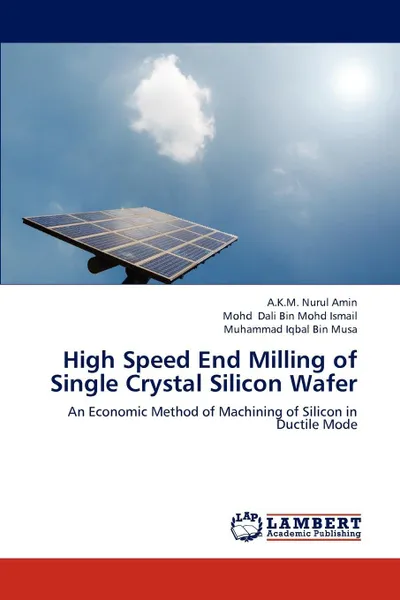High Speed End Milling of Single Crystal Silicon Wafer 12+
2011
96 страниц
Категория: Научная литература
ISBN: 9783844381115
Язык: Английский
📗 Machining of single crystal silicon is a challenging and expensive affair due to the high hardness and inherent brittleness of the material. Major problem in conventional machining of brittle materials like silicon is the generation of cracks and subsurface damages. This book outlines a ductile mode machining process developed for silicon employing high speed end milling using diamond coated tools. The developed method was found to ensure integrity of the machined surface and good surface finish. The influence of the cutting parameters, such as, cutting speed, feed and depth of cut, on ductile mode machining are discussed in the book. A 3-level full factorial design of experiments using Response Surface Methodology (RSM) was employed to develop regression model of average surface roughness. The developed model was tested using Analysis of Variance (ANOVA) at 95% confidence level. The best average surface roughness achieved was 0.2μm, which could alleviate the need for further grinding and rough polishing operations to save cost and cycle time of machining silicon.
Мнения
